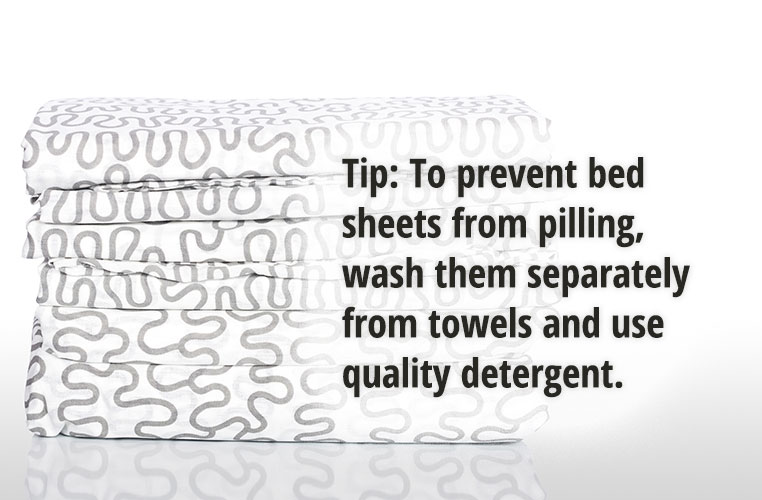
What’s the Deal With the Thread Count of Sheets?

Smooth, soft sheets can mean the difference between a peaceful night’s sleep and rolling around like a pinball for eight hours. But buying sheets can be confusing. More precisely, thread count can be confusing. Just what is thread count and why does it matter? Where’s the sweet spot when it comes to bedding that feels luxurious but doesn’t cost a fortune?
We’ve got the answers to those questions and more.
What is thread count?
Thread count refers to the number of threads woven horizontally and vertically per square inch in a piece of fabric. Thread count influences the softness of a sheet and how well it holds up over time. You may assume the higher the thread count, the better the sheet, but that’s not necessarily the case.
What thread count is best?
Thread counts range from 200 to more than 1,000. But that number is not the only indicator of the quality of a fabric. How the threads themselves are made makes a difference. The type of fabric makes a difference. In general, however, experts suggest that cotton sheets with a thread count of 400 are perfect for most people.

What is ply?
As one Consumer Reports article explains, many manufacturers use finer strands twisted together to reach a higher thread count. This is called plying. Bed sheets can be single ply, double ply or even multi-ply. Double-ply sheets are heavier than single-ply sheets, but that doesn’t mean they are better. It just depends on what you like.
What’s the best fabric?
Egyptian and Pima cottons are considered the best fabrics for bed linens. Egyptian cotton has strong fibers that make for super-soft, long-lasting sheets. Percale cotton makes a crisper sheet that stays cool to the touch. Those who like a silky feel should select sateen cotton for their sheets.
Finding bedding that feels amazing and wears well can be a matter of trial and error, but if you start with the right questions and read labels, you’ve got a good shot at sweet dreams.